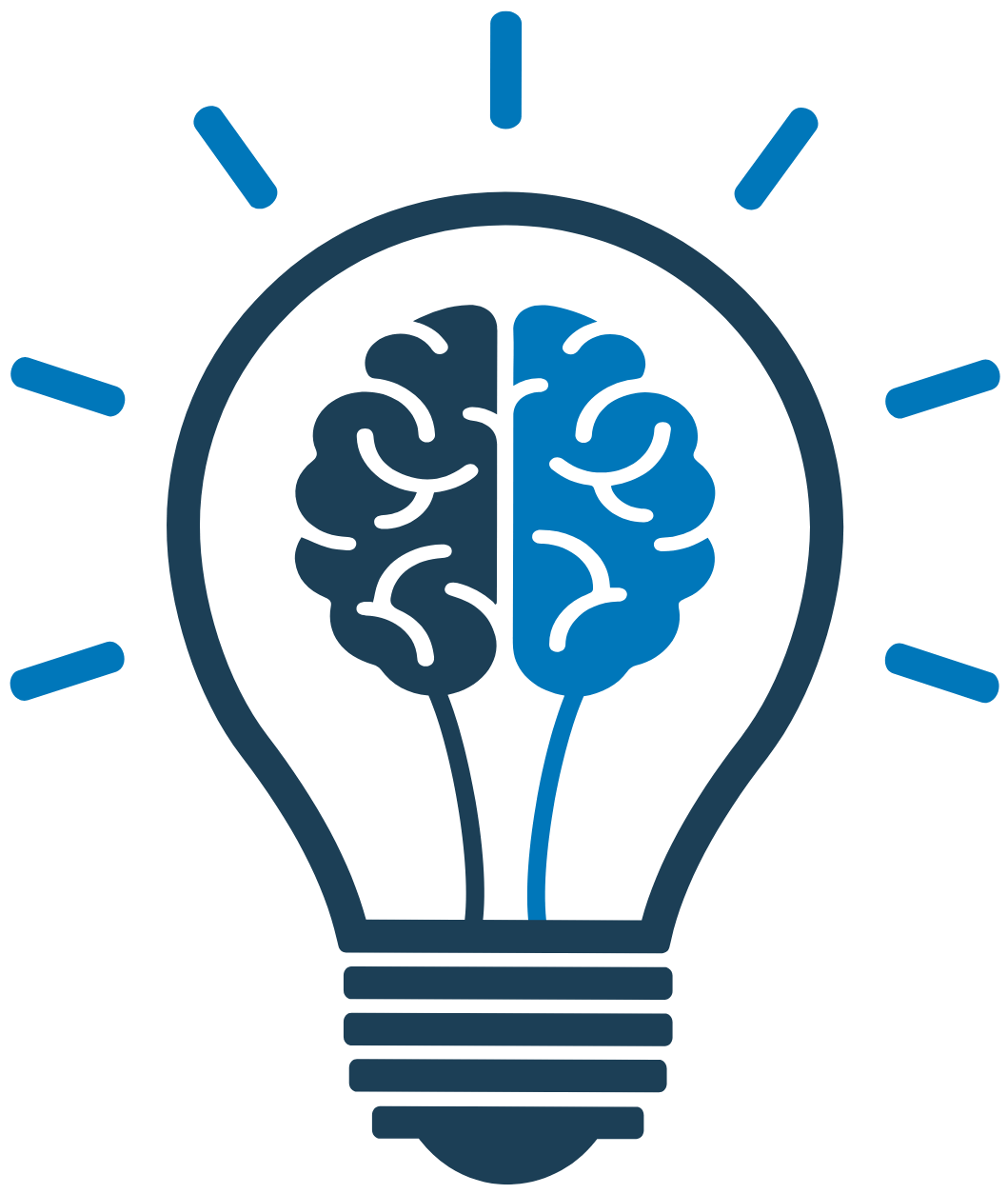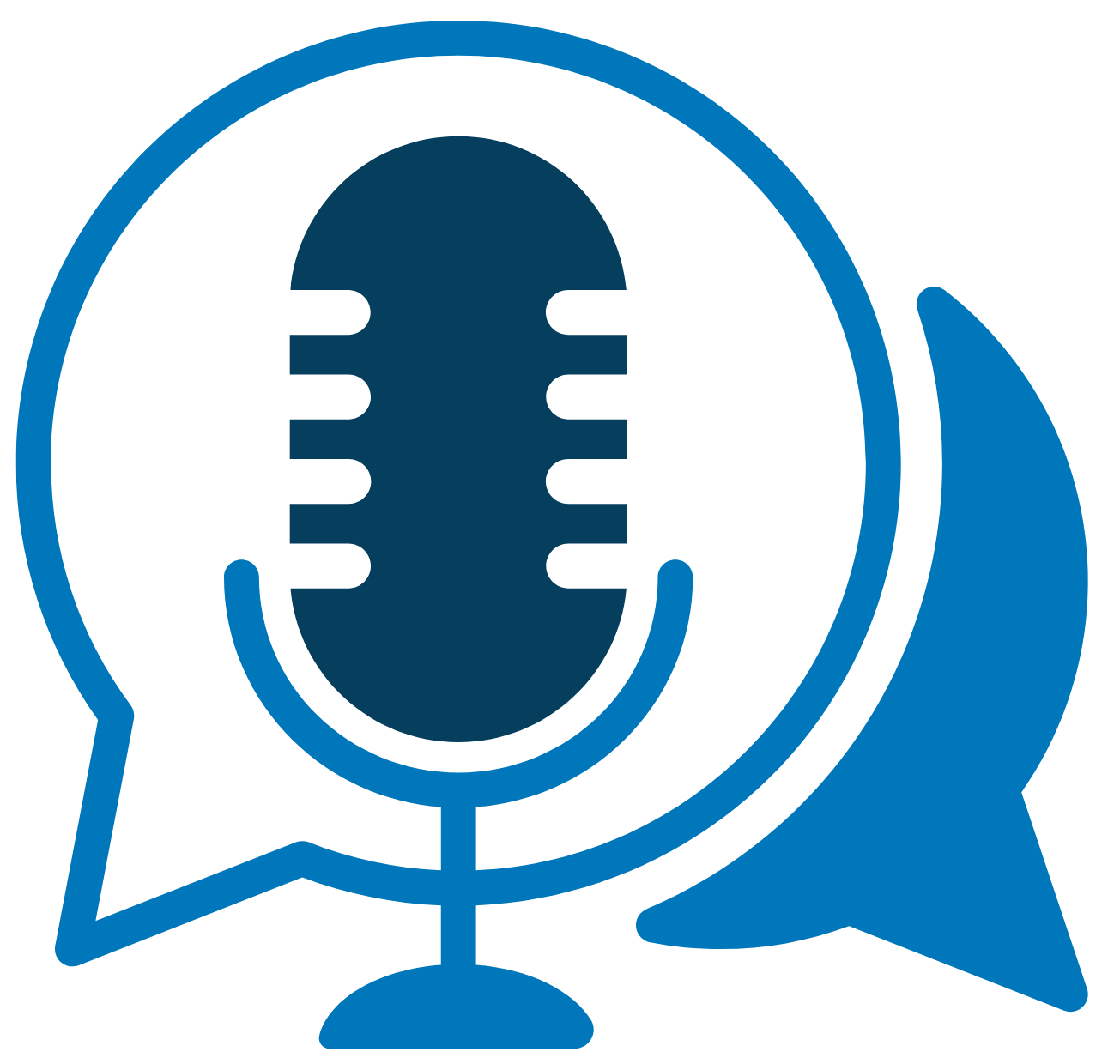Biopsychology: Fundamentals and Contemporary Issues



Version 2.0
By Martin S. Shapiro
Included Supplements
Key Features
- Balanced treatment of research and application, with examples drawn from situations ranging from head injuries in sports and the military to the opioid crisis, the obesity epidemic, genetic engineering and testing, and treatments for neuropsychiatric disorders
- Over 185 embedded hyperlinks to author-curated, streaming videos engage students, stimulate curiosity, and enrich hybrid and online courses. Most are under five minutes long and feature animated illustrations (e.g., TEDed.com, 2-minute neuroscience, NOVA) or short interviews with scientists demonstrating their research
- Uses everyday language but also ensures students are exposed to customary neuroscience terminology
- Emphasizes biopsychology’s importance, explains the field’s roots, and debunks common myths while modeling critical thinking skills
- Explains neural networks and anatomy without overwhelming the reader
- Distinct coverage of key or high-interest topics, such as why studying neuroscience is important for psychology students (Chapter 1); research methods (Chapter 4); neuroimaging techniques (Chapter 4); behavioral genetics and polygenic risk scores (Chapter 5); eugenics (Chapter 5); vision, taste, and olfaction (Chapter 6); the auditory system (Chapter 7); the chemistry of sleep and modern theories of dreaming (Chapter 9); brain-gut axis (Chapter 10); biology of learning (Chapter 13); opioids, vaping, cannabis, and psychedelics (Chapter 14); addiction, depression, and anxiety (Chapter 15); traumatic brain injury and chronic traumatic encephalopathy (CTE) experienced by athletes and others (Chapter 16); and Alzheimer’s disease (Chapter 16)
- Replete with rich visual illustrations, including depictions of key brain structures and nervous system processes to make the unseen apparent and readily understandable to learners
- Supportive learning features
- “Learning Objectives” at the beginning of each main section preview the material to come and prepare students to learn
- “Key Terms” help readers understand and become comfortable with important vocabulary and phrasing
- “Key Takeaways” at the end of each main section reflect the corresponding “Learning Objectives” and summarize key ideas in bullet-point fashion. “Key Takeaways” enable the learner to pause and consolidate the information just read or experienced into a "chunk." Consequently, students better understand and retain the section’s content and its key concepts
- End-of-Chapter features facilitate class discussions or can be used to create excellent homework assignments
- “Contemporary Issues” exposes students to revolutionary changes happening in neuroscience and how these issues might affect the future of the field. Compelling topics include international collaboration projects, brain-computer interface technology, artificial retinas, optogenetics, mind-reading neuroimaging, enhancing memory, naloxone and the opioid crisis, hallucinogens as treatment, and many more
- “Best Online Content” is researched by the author and provides links to rich, online resources for learning more about neuroscience. Selected for the sense of wonder and engagement they foster, these resources consist of online links to short talks, videos, podcasts, articles, and documentaries from world-renowned experts. Examples include TED.com, TED Radio Hour, NOVA PBS, Radiolab.org, SciShow, HiddenBrain.org, and Crash Course
- “Suggested Popular Science Books” provides references to popular books about neuroscience and behavior written by experts in the field for a general audience. Examples include works by Robert Sapolsky, Maia Szalavitz, Michael Pollan, David Eagleman, and Oliver Sacks. These suggestions, researched by the author, provide students with another high-interest way to connect with the field
- “Short Answer Questions” and “Discussion Questions” for assignment or independent student study highlight the preceding chapter’s key topics to stimulate analysis and deeper understanding
- Glossary and References organized by chapter provide key term definitions and sources in one place for ease of studying and source checks
- Multiple choice questions for “Best Online Content” and class discussion guidelines with suggested answer rubrics for “Short Answer” and “Discussion Questions” are provided in the instructor’s manual
- All supplements are written by the textbook’s author
- Customizable
Students
- Online Access Price
- $36.95
- Color Printed Textbook with Online Access Price
- $63.95
Biopsychology: Fundamentals and Contemporary Issues is suitable for undergraduate-level introductory or fundamentals courses called Biopsychology, Physiological Psychology, Neuroscience, or similar titles that cover the biological basis of behavior. It can also be used at the master’s level for those students without a background in neuroscience. Biopsychology courses are offered primarily at four-year and, occasionally, at two-year colleges and universities.
This book is a visually rich and lively presentation of the relationship between behavior, mental processes, and biological factors such as the nervous system, biochemistry, hormones, and genetics. Discussions are couched within the larger contexts of psychology, biology, physiology, genetics, chemistry, anthropology, medicine, and computer science.
Key goals of Biopsychology: Fundamentals and Contemporary Issues are for learners to understand the basic functions of the nervous system, including functional anatomy; how neurons communicate; the biological basis of behavior; genetics in neuroscience; myths about the brain; the mind-body connection; drugs and drug addiction; brain disorders; research methodology; neuroimaging; and new research technologies. This textbook makes neuroscience relevant and approachable for all students interested in behavior and psychology. It is written in a style that is especially sensitive to students without a strong background in science.
New in This Version
- Current research reflects the newest research that is also the most likely to persist, such as advancements in neuroimaging, genetics, addiction and overdose, artificial intelligence, and treatment for neuropsychiatric disorders
- Meaningfully addresses the COVID-19 pandemic’s significant impact on the prevalence of psychological disorders, as well as how the pandemic influenced research in neuroscience
- Updated links to streaming videos and dynamic websites have been added throughout the text, and particularly in the very popular “Best Online Content” sections at the end of each chapter
- Updated statistics and information regarding obesity and diabetes, sugar consumption, drug addiction and overdose, and the prevalence of psychological disorders during the COVID-19 pandemic throughout the text
- Ensures consistent use of gender-neutral language
- Formatted in-text references adhere to the newest APA rules on citations
- Big Brain Projects reflects recent progress on some large collaborative endeavors, such as The Human Brain Project, and introduces others that were not discussed in the first edition, such as the Allen Institute (Chapter 2’s “Contemporary Issues” section)
- Updated information about epigenetics, ethics and genetics, and optogenetics (Chapter 5)
- New section “SNPs and Genome-Wide Association Studies” discusses polygenic risk scores (Section 5.2)
- Updated information about sensory prosthetics (Chapter 6)
- Expanded the defensive activation theory of function dreaming section, as recently developed by Eagleman and Vaughn, 2021 (Section 9.4)
- “The Male and Female Brain” section now addresses more contemporary views on sex differences, including information about research on the brains of transgender people (Section 11.2)
- Recast discussion of the monoamine hypothesis of major depressive disorder (MDD), including the review of recent articles that have questioned this hypothesis (Section 15.3)
- Updated section entitled “Hallucinogens as Possible Treatment” (Chapter 15’s “Contemporary Issues” section)
- Updated information about traumatic brain injury (Chapter 16)
- About the Author
- Dedication
- Preface
- Acknowledgments
-
Chapter 1: History and Introduction
-
Chapter 2: Functional Anatomy
-
Chapter 3: Neuron Communication
-
Chapter 4: Research Methods: Histology, Imaging, and Stimulating
-
Chapter 5: Genetics and Evolution
-
Chapter 6: Vision and Chemoreception
-
Chapter 7: Hearing, Language, and Lateralization
-
Chapter 8: Somatosensory and Motor Movement
-
Chapter 9: Sleep, Dreaming, and Circadian Rhythms
-
Chapter 10: Homeostasis: Hunger, Thirst, and Temperature
-
Chapter 11: Hormones, Sex, and Love
-
Chapter 12: Emotions and Stress
-
Chapter 13: Learning and Memory
-
Chapter 14: Psychopharmacology, Recreational Drugs, Tolerance, and Sensitization
-
Chapter 15: Addiction, Developmental Disorders, Anxiety, and Affective Disorders
-
Chapter 16: Other Neuropsychiatric Disorders, Brain Injuries, and Brain Pathologies

FlatWorld Homework
FlatWorld Homework includes multi-format questions written specifically for your FlatWorld book, which you can access through our stand-alone interface or integrate with your learning management system.

Instructor’s Manual
The Instructor’s Manual guides you through the main concepts of each chapter and important elements such as learning objectives, key terms, and key takeaways. Can include answers to chapter exercises, group activity suggestions, and discussion questions.

PowerPoint Lecture Notes
A PowerPoint presentation highlighting key learning objectives and the main concepts for each chapter are available for you to use in your classroom. You can either cut and paste sections or use the presentation as a whole.

Test Generator - powered by Cognero
FlatWorld has partnered with Cognero, a leading online assessment system, that allows you to create printable tests from FlatWorld provided content.

Test Bank Files for Import to Learning Management Systems
For your convenience, we've packaged our test items for easy import into Learning Management Systems like Blackboard, Brightspace/D2L, Canvas, Moodle, or Respondus.

Test Item File
Need assistance in supplementing your quizzes and tests? Our test-item files (in Word format) contain many multiple-choice, fill-in-the-blank, and short-answer questions.
At FlatWorld, we take pride in providing a range of high-quality supplements alongside our titles, to help instructors teach effectively. Supplements are available for instructors who have registered their adoption with us. If you need to review or preview something specific, please contact us.
Already registered? Sign in here.
Additions & Errata
11/30/25:
Section 12.1: Definition of “affective disorders” was updated to remove “anxiety disorders”.
Section 15.0: Definition of “affective disorders” was updated to remove “anxiety disorders”.
11/24/25:
Section 15.0: For clarity, in the second paragraph, the definition for anxiety disorders was added, along with the examples of generalized anxiety disorders, phobias, OCD, and PTSD.
Section 15.4: The key term definition of generalized anxiety disorder (GAD) was corrected to state that it is a "psychological disorder."
6/9/25:
Section 6.1: In Figure 6.5, the “Myopia” and “Concave Lens” labels were moved to panel B and the “Hyperopia” and “Convex Lens” labels were moved to panel A.
Section 9.3: First paragraph under “Raphe Nucleus and Serotonin” second to last sentence was corrected to “ . . . the raphe nucleus decreases its activity . . .”
Section 10.4: Second paragraph under “Surgery” corrected fourth sentence to read “Gastric bypass surgery increases . . .”
Section 14.8: Link for “Life, Death, and the Lazarus Drug: Confronting America’s Opioid Crisis” podcast was updated.
Section 15.4: Updated broken video link for “OCD Animation”.
10/3/24:
Section 6.5: Fixed broken link for the "Prosopagnosia" video.
